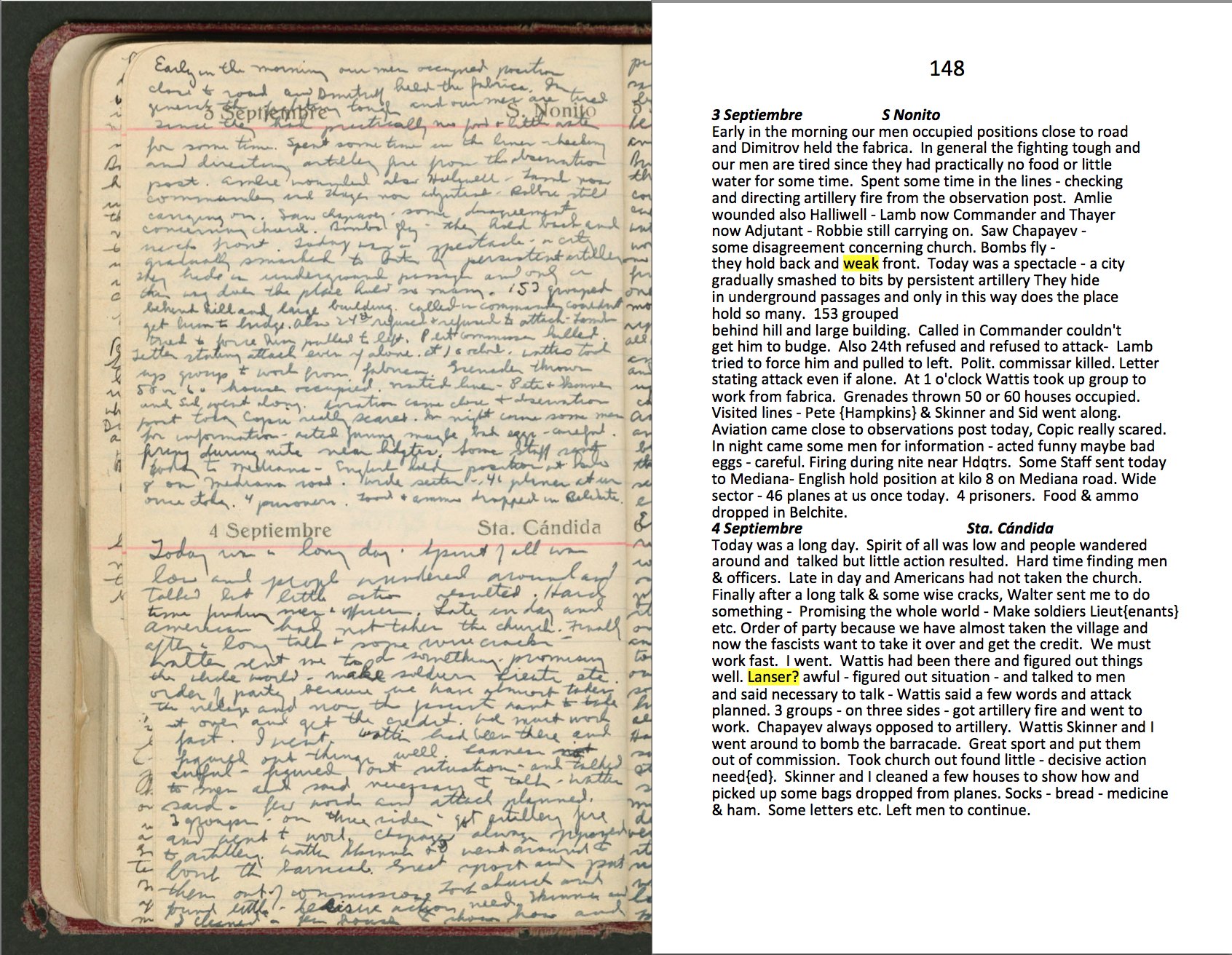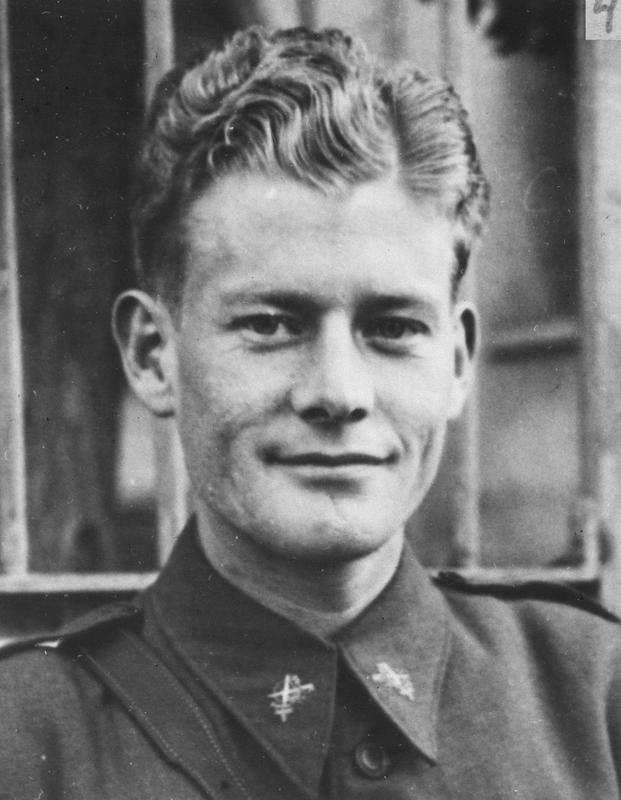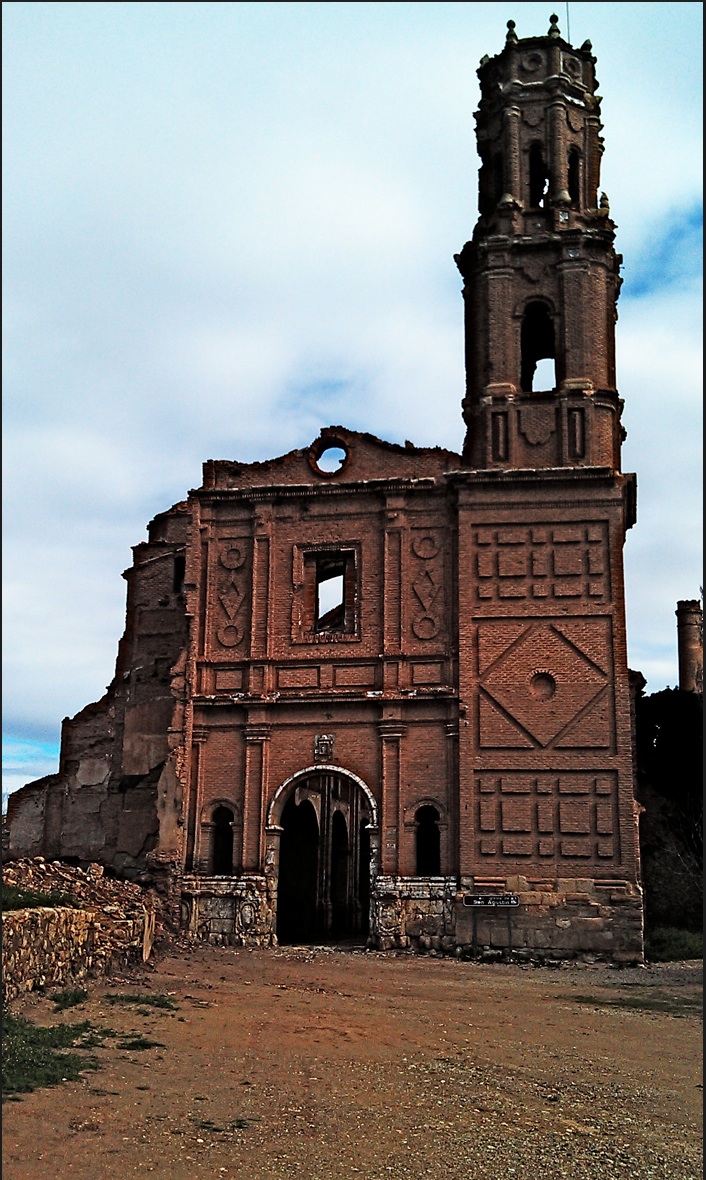


Merriman gets his diary back on the correct date and updates the assault on Belchite. Early on September 3, the Lincolns and 59th Spanish Battalion moved up to the road on the outskirts of Belchite and he says that the Dimitrov Battalion was inside the Fabrica. Men are in a pretty desperate state, having not been fed for several days and having little drinking water. Merriman reveals that Hans Amlie had been wounded and was out of action. Canadian Bill Halliwell, who along with Amlie was a Lincoln Company commander at Brunete, was also wounded in Belchite. Leonard Lamb was now Commander of the Lincolns and Donald Thayer had become the Adjutant. Steve Nelson, the Brigade Commissar, had led men through the ditch into the Fabrica. The assault on the church with men throwing Mill’s Bombs (grenades) continued but many men would be shot trying to get into the church and break down a barricade across the square. Merriman says that Robbie Robinson is still carrying on (and we are left to wonder if that is a positive or negative comment).
Artillery continues to pound the city and the Fascists are holed up in underground passages. Merriman says that that must be how there are so many troops there. Merriman tries to prod the 153th Brigade into the city but they are hunkered down behind a hill and a large building. The 24th Spanish Battalion also would not attack. Merriman says Lamb tried to force them to move by pulling to the left, which would have opened a flank against the 24th. Merriman says that their political commissar was killed.
Merriman gets a letter passed to him that he has to attack even if the Americans have to go it alone. George Wattis works his way up to the Fabrica and using grenades moves a group of men into town where they clear 50 or sixty houses. From the current ruins in Belchite, this is likely to be the buildings south and west of the Fabrica, or the very westernmost buildings in town. A significant part of the town lay eastward of the square in front of San Agustin church, running down the Calle Mayor towards San Martin de Tours Church.
Merriman, Sid Shostek, and Bill Skinner go into the lines to see what is happening first hand. Merriman says that Copic was really scared on the 3rd by bombing which came close to the observation post. On the night of 3-4 September, several men came asking for information and Merriman is suspicious of their motives. He calls them “maybe bad eggs”. Merriman splits his staff and sends some up the Mediana road eight kilometers to where the 57th British Battalion is dug in. Merriman is uncomfortable about how spread out his Brigade has become. He says that 46 airplanes attacked the Brigade on the 3rd.
On the 4th of September, the attack is not moving forward. People were exhausted, and motivating them difficult. By the end of this, the sixth day at Belchite, the Church was still in the hands of the Fascists and at most the brigades had only moved a few blocks. General Walter comes to the Brigade and tries to motivate Copic and Merriman. He tells them that he should make everyone Lieutenants if they attack. Finally, Walter and Copic pull out their trump card and says that they have an “Order of the Party” to attack. For the Internationals, this is serious business because ignoring a Party order meant termination of any support that one would have from its political arm. Walter says that if the Fascists hold the town, they would play this up as a major political victory. What is not said is that the Republican Government has already published stories saying that Belchite is theirs.

Merriman goes back in and, with Wattis’s help, figures a plan of attack. A name which may be “Lanser” (i.e. Manny Lanser) is said to be “awful”. The plan is to attack the Church from 3 sides (with the Dimitrovs and the 153rd/24th battalions supporting the Americans.) Merriman calls in artillery fire to soften the town more before the attack. Chapayev of the Dimitrovs was opposed to artillery but perhaps hoped to save civilians. Skinner, Shostek and Merriman go in to throw grenades at the barricades and he says they took the Church out, with little found.
Manny Lanser tells the story somewhat differently:
We made a couple of attempts to storm the Church but they were unsuccessful. Whenever our artillery shelled the Church, the Fascists ran out and took refuge in the town. But whenever we attacked, the Fascists took advantage of the pause in the shelling to run back into the Church through the main door (on the opposite side from us) and again get behind the parapets they had built in the windows and doorways. Their machine-guns could then easily repel our attacks.
Unable to make headway, we sent out scouting patrols to observe just where the Fascists used to dodge and find the best route for attack. One of these reconnoitering parties led by Dan Hutner, was observed by the Fascists. In the exchange of fire, Hutner was killed.
In one of these charges we succeeded in taking a prisoner who gave us information on the layout of the streets and pointed out to us the Fascist strongholds in the vicinity of the Church. We made our plans accordingly.
The Church had three entrances; our plan called for a rush on all three of them simultaneously. Our artillery and tanks were to shell the Church to drive the Fascists out. While the shelling was going on our storming parties were to approach as close as possible to the Church. The shelling was to cease at a fixed moment and our men were to dash into the Church before the Fascists had a chance to get back.
We collected most of the Lincoln-Washington men inside the factory where our Battalion Headquarters were. A few machine-guns with a crew of two men each were left in our tenches to fire at the houses around the Church to keep the Fascists from shooting at our advancing men. A machine-gun was set up in a window in the factory, trained on the Church. The rest of the Machine-Gun Company was assigned to participate in the attack.
The attackers were divided into three groups: one to attack along the road to the left, the other across a field to the right, the third to act as reserve.
The artillery started as per plan. Our tanks came up also and shelled the Church from a distance of about 500 yards while our machine-guns opened up heavy covering fire.
When the advance started, the men on the left ran into heavy machine-gun barrage and suffered many casualties without being able to make much progress.
The group on the right, only a couple of dozen men, charged from the trenches about forty yards from the Church. They were led by Dave Engels, Commissar of No. 1 Company of the Lincoln-Washingtons. They had to cross a deep gully that ran the length of the Church-wall. Once across they knocked down the Fascist parapets built on the further side of the gully (now abandoned owing to the shelling) and advance on the Church. Just as they entered from the rear the Fascists began to come back through the front door which faced the interior of the town. There was a battle of hand-grenades and the Fascists ran out.

Several men led by {Lionel} Levick ran up to the front door and standing in the open doorway started shooting at the Fascists. Levick’s squad in turn was being fired at from all sides by the Fascists who had positions in the houses surrounding the Plaza in front of the Church. One after the other was hit, but they hung on since this was the only entrance through which the Fascists could rush the Church and regain control.
The fire was becoming more and more deadly but the boys held on grimly until the others succeeded in bringing up a machine-gun which, placed in the doorway, gave us definite control. Some of the men ran back to the trenches, brought back sandbags and built a barricade at the front door to protect the machine-gun and the men behind it. The Church was definitely ours.²

Merriman continues his narrative by saying that he and Skinner bombed a few houses to show the troops how to fight in the city. They then stopped, gathered up some bags of supplies dropped from airplanes and left the men to carry on. Landis quotes Dr. Mark Strauss as having flashed his flashlight at airplanes and bags of supplies of ham, bread, letters were dropped on his location. The bags included instruction to the Fascists to hold on, that the Fascists had retaken Quinto and were on the way. All untrue. The Lincolns were now being resupplied by the Fascists from the air.³
Another story by S. F. said:
We organized into groups to clean up the town street by strew, house by house. Each group had grenadiers, riflemen, and men carrying dry twigs and gasoline to set fire to houses where they encountered resistance. When a house was occupied we would put a red blanket, mattress or bunting in the window to show the house was ours. Major Merriman and Captain Phil Detro, both good pitchers, could be seen all over the place handgrenading the Fascists.4
Jaime Cinca has a website which discusses the Battle of Belchite. He includes two maps which show detail of Belchite and the units which attacked the town. It appears that the buildings northwest of San Agustin church were built after the war so they could not be the “barn”. Discovering the approaches to the church is still an open discussion.
_______________________________
¹ Steve Nelson, The Volunteers, ibid., pp 186-187.
² Emanuel Lanzer, Book of the XVth Brigade, ibid., p265-266.
³ Art Landis, The Abraham Lincoln Brigade, ibid, pg. 298.
4 S. F., Book of the XVth Brigade, ibid., p 269.
